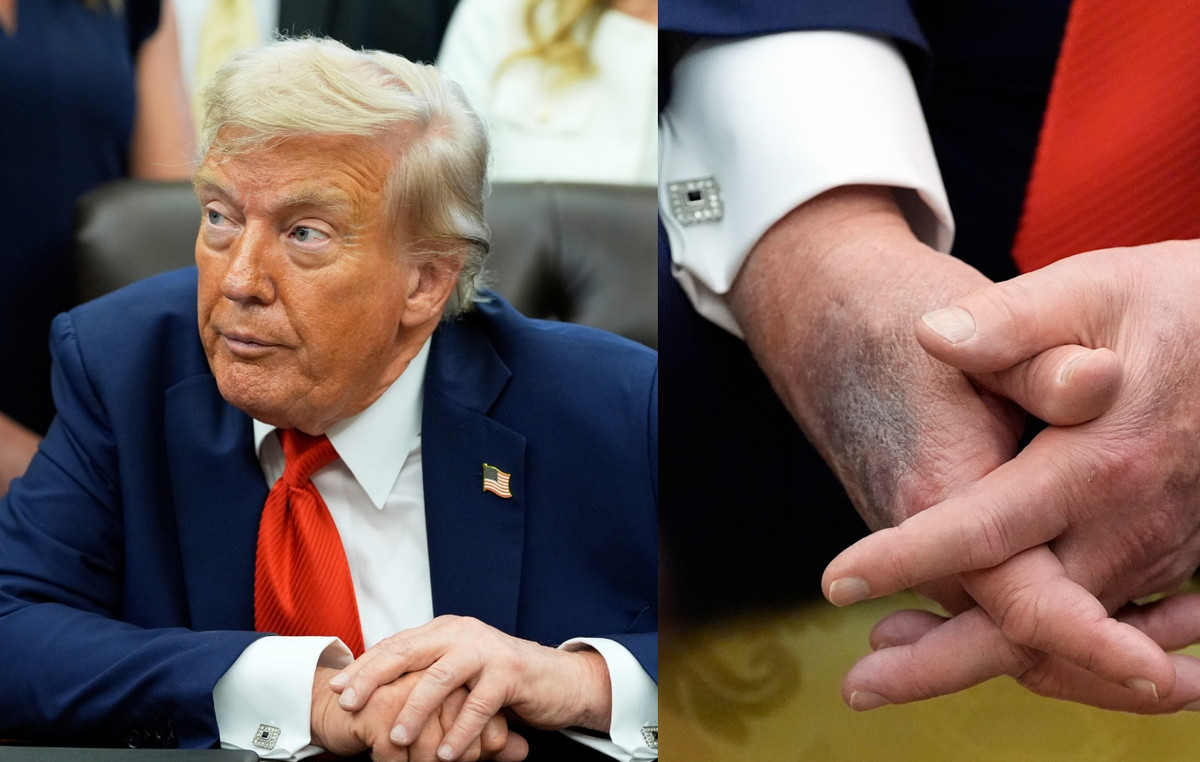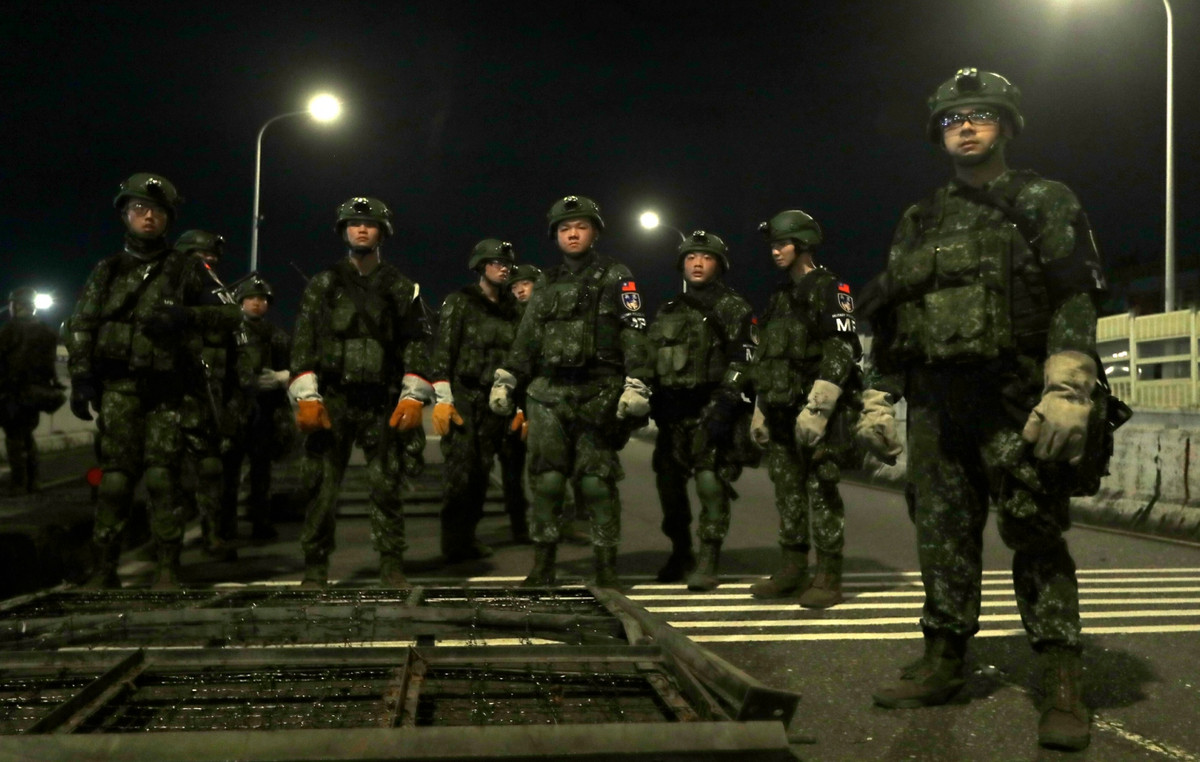Despite being considered biodiversity shrines, Brazil protected sea (AMPs) are not immune to contamination by microplastics. A recent study revealed that even AMPs classified as Comprehensive Protection Areas (APIs), which are the most restrictive for human intervention, have contamination by this material.
The survey, which was attended by Brazilian and Australian scientists, used bivalve mollusks (oysters and mussels) such as nestinele organisms to evaluate contamination. The results were published in the magazine Environmental Research.
“Our study showed that microplastics contamination occurs even in the most restrictive environmental protection areas. For example, at the Rocas Atol, where there is no economic activity and the visitation of tourists is allowed. Microplastics can reach places so transported by wind or ocean currents,” says Fapesp Italo Braga, Professor of the Federal University of São Paulo (Imar-Unifesp) and coordinator, and research coordinator) funded by FAPESP.
Microplastics are particles with size ranging from 1 micron (1 μm) to 5 mm (5 mm) that result from fragmentation of larger plastics or are made directly in this format for industrial or cosmetic use. Those detected in the study presented consistent patterns along the Brazilian coast: predominantly black, white or transparent, less than 1 millimeter.
The chemical analysis was able to identify 59.4% of them, with the main components: alchemical polymers (28.1%), used in paints and varnishes, possibly from boats and tourist vessels; Cellulose (21%), which may have been both natural origin (plankton, algae, marine plants and terrestrial vegetation) as well as anthropogenic origin (papers, cards, food residues, etc.); Polyethylene tereftalato (PET) (14%), commonly found in plastic packaging and synthetic fibers, released in the washing of clothing and transported to the sea by urban effluents; and polytetrafluorethylene (PTFE or TEFLON) (12.3%), present in non -stick and industrial coatings. The other 40.6% could not be described.
“Throughout the Brazilian coast, there are several protected areas with different levels of management. National parks, such as Abrolhos and Fernando de Noronha, are highly protected, while others, like some APAS [áreas de proteção ambiental]allow a certain degree of human intervention. Our study focused on integral protection areas, called ‘no-takes’ in the specialized international literature, which are more restrictive protected marine areas. We selected ten of them: Jericoacoara National Park, Rocas Ax, Fernando de Noronha, Rio dos Frades, Abrolhos, Tamoios, Alcatrazes, Guaraqueçaba, Carijós and Arvoredo, ”says Braga.
Global measures
Conducted by doctoral student Beatriz Zachello Nunes, the research revealed that microplastics are present in all these APIs, with an average concentration of 0.42 ± 0.34 particle per gram of moist fabric. Among the areas studied, the highest contamination was recorded in the wildlife refuge of the Alcatrazes archipelago, with 0.90 ± 0.59 particle per gram, while the lowest concentration was found in the Rocas atoll reserve, with 0.23 particle per grass.
“The positive data is that contamination in all these areas is below the international average for protected marine areas [veja a figura abaixo]. And far below the Brazilian average for unprotected areas. Very contaminated places, such as Santos and some beaches from Rio de Janeiro, even have 50 to 60 times larger contamination. Santos, by the way, recorded one of the largest concentrations of microplastics in the world, ”says the researcher.
The bivalve mollusks (oysters, shellfish, mussels and others), which are named after having a shell divided into two parts, that is, two articulated valves, were chosen in the study because they were considered sea sentries.
“They feed themselves filtering marine water. The foods present in the water are retained in their gills, which function as sieves. And small eyelashes carry them to the stomach. If this water contains contaminants such as microplastics, the bivalves also retain them. So instead of collecting water samples all the time, we analyze the bivalves, as they accumulate pollutants along the way Time, providing a more reliable history of contamination, ”explains Braga.
The results of the study show that plastic contamination is present even in the most restrictive areas of environmental protection, with potential risks to marine ecosystems and food chains.
“The creation of AMPs alone is not enough to block pollution. It is essential that these areas have efficient environmental management and rigorous supervision. But even that is not sufficient, if we consider that microplastics may not be generated in place, but brought from afar by the atmosphere and maritime currents. To mitigate this, only global measures, such as the global trading, currently being coordinated and development under the coordination. of the United Nations Program for the Environment [PNUMA]they can make a difference, ”concludes the researcher.
Study: Microplastics strengthen antibiotic resistant bacteria
This content was originally published in Marine Shrines in Brazil are contaminated by microplastics on the CNN Brazil website.
Source: CNN Brasil
Charles Grill is a tech-savvy writer with over 3 years of experience in the field. He writes on a variety of technology-related topics and has a strong focus on the latest advancements in the industry. He is connected with several online news websites and is currently contributing to a technology-focused platform.







